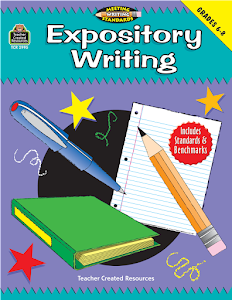During our virtual class lesson , We had to give her thoughts on reasons why we love poetry and why we dont . Each side had to give their views . The questions were given reasons why you love poetry and why you don't love poetry . Responses were written on the Jam board and read orally by the lecturer .some students were questioned about their responses and the teacher clarified .
Additionally , we got more information about the reasons for poetry , the lecturer gave reasons like give expressions and that it is unique it helps persons to feel while they are reading , putting themselves in it seeing the world in a different light , it is said that some poems can make us laugh, make us get into our feelings . When writing poems we must always choose our words carefully , whether they are creative so they can understand .
As children read poem, they should have a natural flow . They are different ways to bring out poem eg songs, verses and rhymes especially for the infant classes NB,When creating a poem you also have to follow the writing process eg revise , edits and share their writing . While doing poetry I've also learned that they are different types of poems eg preposition poems , wish poems, free verse, acrostic poems, bilingual, concrete and found poems .
Prepositions poems are poems begins with prepositions
Wish poems : Poems starts with I wish
Free verse : It is an un rhymed poetry using word choice and visual images take on greater importance .
Acrostic Poems : Using key words
Bilingual Poems: Inserting words from the other languages into their poems .
Concrete poems. Arranging words to form a picture helps convey meaning .
Found poems : By ailing words from other sources such as news paper articles songs, and stones .
List poems : create a poem using words and phrases from a list they brain scorned.
As the class continued I've learned something new that when you are doing poetry , you use alphabetical order according to the letter sound .We did two poems : The flattered flying fish and the sea is a hungry dog .


.png)



















